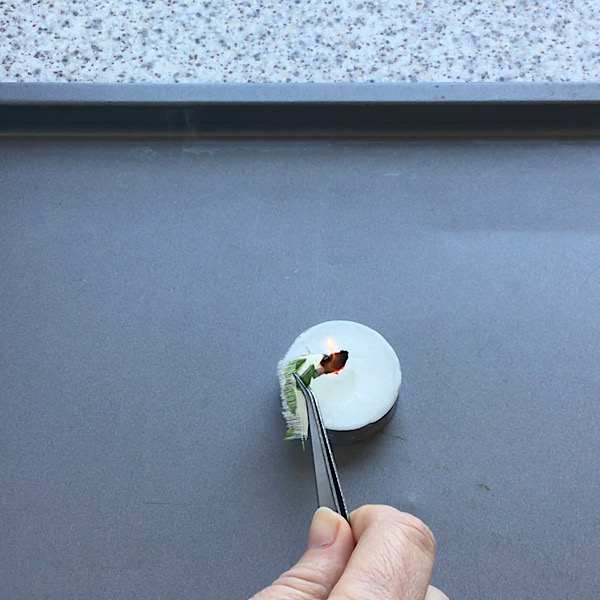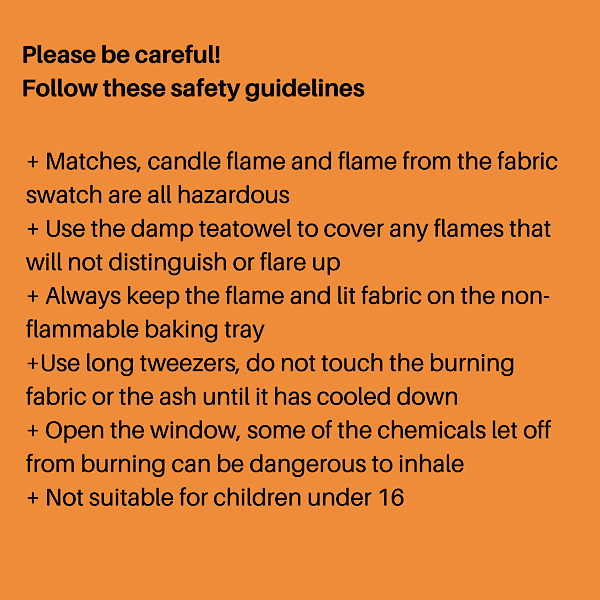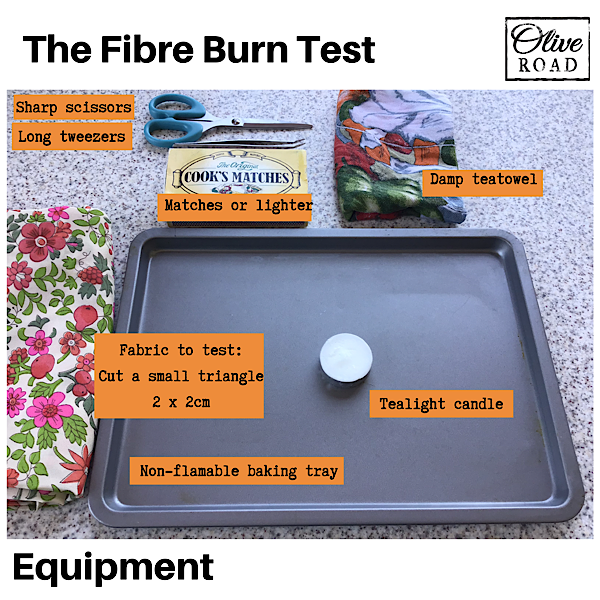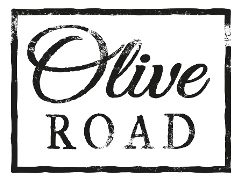
How to identify the fibre content of your fabric
My favourite thing about running Olive Road is meeting customers and sourcing vintage fabrics. I travel around the UK rummaging in antique centres, vintage fairs and charity shops on the look out for vibrant unique prints and quality textiles. Sourcing fabrics second-hand has it’s downsides. I rarely know very much about the fabric when I buy it. Occasionally I am lucky and there is some information printed down the selvedge. Or it comes with a label but often I’m left to make an educated guess.

The Fabric Detective
A great deal of information about a fabric can be identified by the way it looks and behaves when draped. If it looks matt, feels durable, has a regular weave, and a fairly stiff drape it is likely to be cotton. There are many more options which warrants it’s own blog post. There is another way, the burn test. It is something I was taught at Fashion College and luckily still remember with a little help from Threads Magazine. Burning a small swatch of fabric gives us some clues about what it is made of. How does it burn? How quickly does it ignite? Or does it melt rather than give off a flame? What does it smell like? How does the ash react when it has finished burning?
Safety First!

The Test

The Results
Write down everything you can see and smell about the fabric. Then follow this flow chart answering the questions to see which fibre is most likely to be in your fabric. For example, I suspected the below fabric was Viscose (or Rayon as it is known in the US). It has a beautiful soft drape and vibrant colour so there was a chance it could be silk. However, it didn’t feel quite lustrous for silk. Viscose was created in the late 19th century to replicate silk. It is from cellulose or plants but man-made due to the processes it has to go through to become fabric. Following the flow chart viscose burns very similarly to Cotton. Therefore I had to burn a swatch of what I knew to be Cotton so I could compare the two. Also, the swatch did smell of paper when it burned but there was an overriding chemical smell, which made me estimate it is probably man-made rather than Cotton. Viscose is often mixed with Polyester in more modern fabrics. I followed the flow chart down to Polyester as my swatch did smell quite chemical. However it burnt very brightly and quickly and the ash was soft, both unlike Polyester which melts and has a hard ash, so it is unlikely to be mixed in my fabric.
The fibre burn test is not completely accurate and is subjective from person to person. However, laboratory testing is very expensive and as most of my vintage fabrics are unique, I don’t have enough yardage to test each one. Therefore the burn test is good to do along with looking how the fabric acts, what it feels like and it’s weave.
This week I have been investigating ‘What’s in my fabric?’ as part of Fashion Revolution Week 2020. They ask #whatsinmyclothes? But as I sell fabric, I asked ‘what’s in my fabric?’ as I thought this was more relevant to my business and just as important. Follow my social media pages to see how I get on. I’ll email a summary at the end of the week to my newsletter subscribers. Sign up here.

